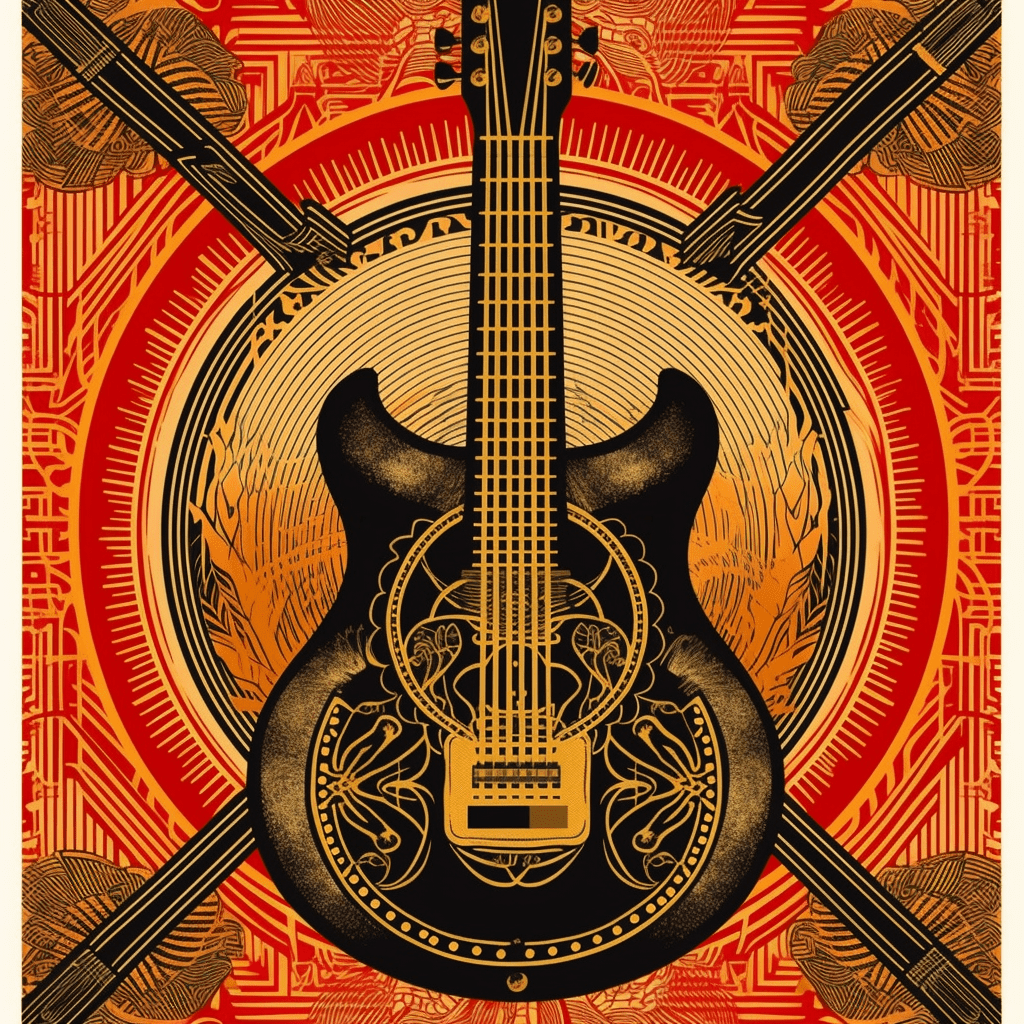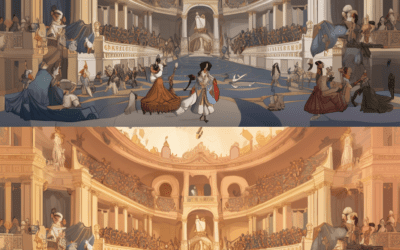**What is a Measure in Music?**
**Definition of Measure**
A **measure** in music is a unit of organization that helps musicians keep track of time and maintain a consistent rhythm. It is also known as a bar.
**Dividing Music into Measures**
Musical compositions are divided into smaller sections called measures to make it easier for musicians to read and perform the music accurately. Each measure contains a specific number of beats, which are the basic units of time in music.
**Significance of Measures**
Measures are important because they provide a framework for organizing musical notes and rests within a piece of music. In most musical styles, measures help create a regular and predictable pattern that listeners can easily follow and enjoy.
**Time Signature**
To indicate the number of beats in each measure, music uses a **time signature**. The time signature is typically written as a fraction at the beginning of a musical staff. The top number represents the number of beats in a measure, and the bottom number denotes the type of note that receives one beat. For example, in common time (4/4 time), there are four beats in each measure, and a quarter note receives one beat.
**Expressing Musical Phrases**
Measures also help musicians express musical phrases. Phrases are smaller sections of music that often have a melodic or rhythmic theme. By dividing a musical composition into measures, musicians can structure their performance by emphasizing certain phrases or musical ideas, creating variety and expression.
**Note and Rest Values**
Within a measure, musicians can use different note and rest values to create specific rhythms. Notes represent sounds with a specific duration, while rests denote moments of silence. By combining various note and rest values in a measure, musicians can create different rhythms and patterns, adding complexity and interest to the music.
**Time Signature Changes**
In some musical compositions, the time signature may change throughout the piece. These changes can occur to create contrast, emphasize certain sections, or reflect changes in mood or style. When the time signature changes, musicians must adjust their counting and playing to match the new beats per measure.
**Conclusion**
A **measure** or **bar** is a unit of organization in music that helps musicians keep track of time, maintain a consistent rhythm, and create structure within a piece of music. Divided into measures, musical compositions provide a regular pattern for listeners to follow. The time signature indicates the number of beats in each measure, and note and rest values are used to create specific rhythms. Measures also allow musicians to express musical phrases and add variety and interest to their performances. Changes in time signature can occur to create contrast or reflect changes in mood or style. Overall, measures play a crucial role in music by providing structure and organization, enhancing the listening experience for audiences.












